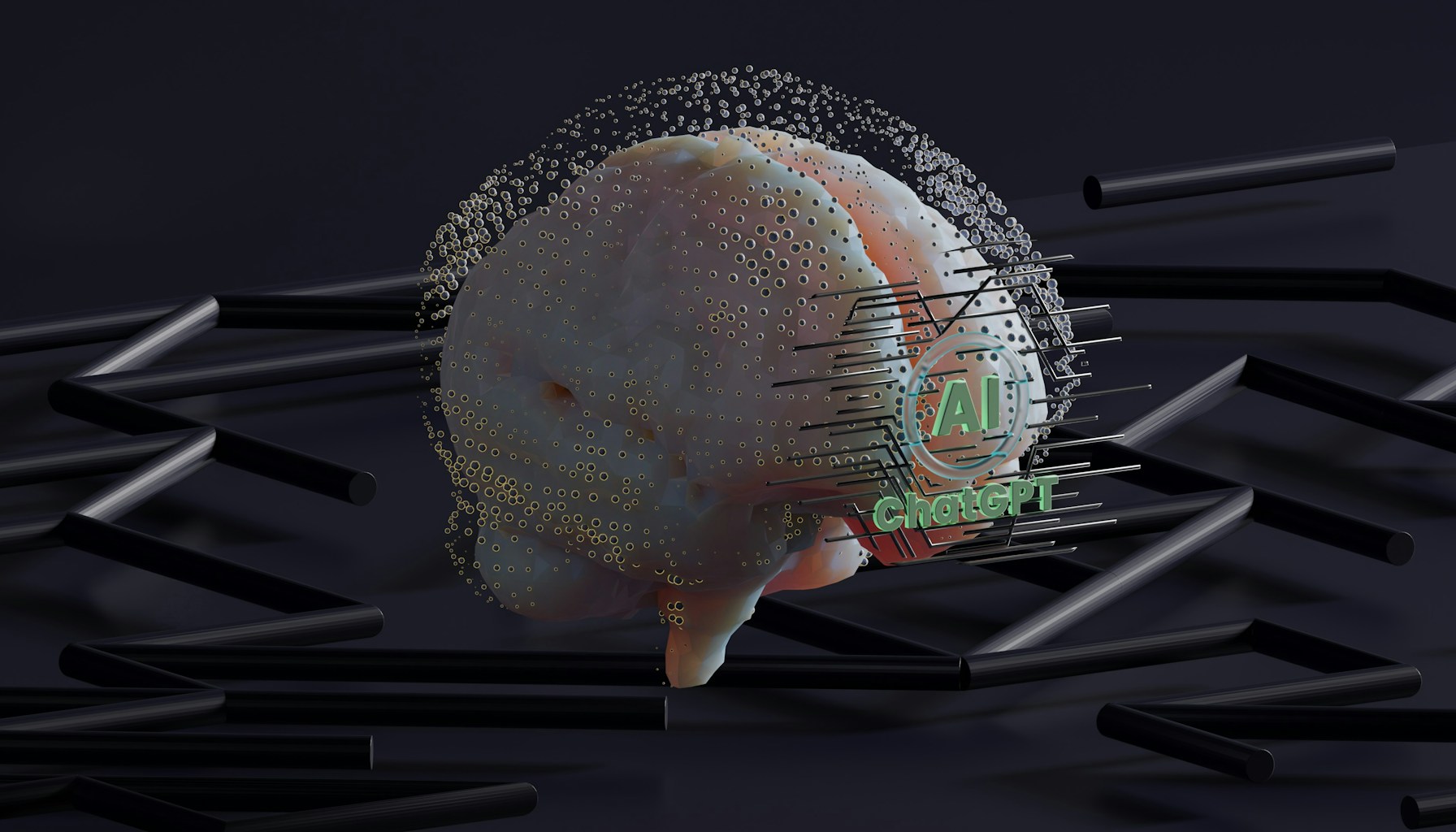Raptor RAG Framework: Revolutionizing Data Retrieval with AI
Published 2025-09-01 · AI Education | Data Engineering & Retrieval (RAG)

Ever felt like finding the right data is like searching for a needle in a haystack? Enter the Raptor RAG framework, a game-changer in the world of data retrieval. This innovative approach combines the power of AI with traditional data engineering to streamline how we access and use information. But what makes it so special, and why should you care? Let's dive in and explore how this framework is transforming industries and making data retrieval smarter and faster.
What is Raptor RAG Framework?
The Raptor RAG framework is a cutting-edge method for data retrieval that leverages AI to enhance accuracy and efficiency. Originally developed to address the limitations of traditional retrieval systems, it integrates retrieval-augmented generation (RAG) techniques with advanced AI models. Recently, improvements in AI algorithms and computational power have made this framework more accessible and effective.
How It Works
Think of the Raptor RAG framework as a librarian with superpowers. It doesn't just fetch books; it predicts which ones you'll need next. By combining retrieval-augmented generation with AI, it analyzes vast datasets to provide precise information quickly. For example, in a healthcare setting, it can sift through medical records to suggest the most relevant patient data for diagnosis.
Real-World Applications
In healthcare, the Raptor RAG framework helps doctors access patient histories swiftly. In finance, it aids analysts in retrieving market trends and reports. E-commerce platforms use it to enhance product recommendations, ensuring customers find what they need effortlessly.
Benefits & Limitations
The Raptor RAG framework excels in speed and accuracy, reducing data retrieval times significantly. However, it requires substantial computational resources and can be costly to implement. It's not ideal for small datasets or environments with limited AI infrastructure. Users should weigh these factors before adoption.
Latest Research & Trends
Recent studies highlight the framework's potential in improving AI-driven data retrieval. Notable papers from AI conferences have showcased its application in real-time data analysis. Companies like OpenAI are exploring similar technologies, indicating a growing trend towards AI-enhanced data systems.
Visual
mermaid flowchart TD A[Data Input]-->B[AI Analysis] B-->C[Relevant Data Output] C-->D[User Query] D-->A
Glossary
- RAG: Retrieval-Augmented Generation, a method combining data retrieval with AI generation.
- AI: Artificial Intelligence, the simulation of human intelligence in machines.
- Data Retrieval: The process of obtaining data from a database or other storage structure.
- Computational Power: The ability of a computer system to process data and perform calculations.
- E-commerce: Buying and selling goods or services using the internet.
- Healthcare AI: AI applications designed to improve healthcare services and outcomes.
- Market Trends: Patterns and tendencies in the financial markets.
Citations
- https://openai.com/index/why-language-models-hallucinate
- https://arxiv.org/abs/2005.11401
- https://www.ibm.com/cloud/learn/data-retrieval
- https://www.microsoft.com/en-us/research/blog/retrieval-augmented-generation-a-new-paradigm-for-ai/
- https://www.nature.com/articles/s41586-020-2649-2
- https://www.forbes.com/sites/bernardmarr/2023/01/15/how-ai-is-transforming-data-retrieval/
Comments
Loading…